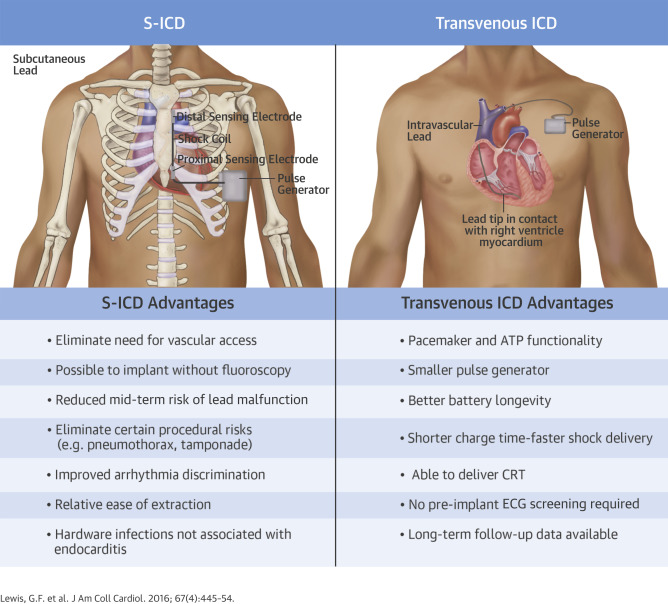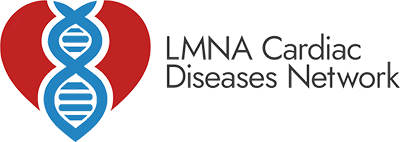Treatments
The treatment of LMNA-related diseases involves a multifaceted approach, encompassing pharmacological therapies, surgical interventions, and the use of cardiac devices. Each treatment is targeted to address specific symptoms and complications of these conditions, aiming to improve quality of life, manage symptoms, and prevent disease progression.
Pharmacological Treatments
Pharmacological treatments refer to the use of medications to manage and treat diseases. In the context of LMNA-related diseases, these treatments are designed to alleviate symptoms, slow disease progression, and improve quality of life. Each of these pharmacological treatments works in a specific way to address the symptoms and complications associated with LMNA-related cardiac diseases, and the choice of medication depends on the individual patient's condition, symptoms, and overall health profile. Regular monitoring and consultation with healthcare providers are essential to ensure the effectiveness and adjust treatments as needed.
- Beta-Blockers: Medications that reduce the heart rate and lower blood pressure, thereby decreasing the heart’s workload. They are effective in managing arrhythmias and symptoms of heart failure.
- ACE Inhibitors and ARBs (Angiotensin II Receptor Blockers): These drugs help relax blood vessels, leading to lowered blood pressure and reduced strain on the heart. They are used to improve heart function and prevent the progression of heart failure.
- Diuretics: Also known as “water pills,” these medications help remove excess fluid from the body. They are used to reduce swelling and the burden on the heart, especially in patients with heart failure.
- Antiarrhythmic Drugs: These medications are used to maintain a normal heart rhythm and are particularly useful in managing arrhythmias, which are common in LMNA-related heart conditions.
- Anticoagulants: These drugs, also known as blood thinners, help prevent the formation of blood clots. They are important in reducing the risk of stroke, particularly in patients with atrial fibrillation or other forms of irregular heartbeat.
- Calcium Channel Blockers: These medications help dilate the blood vessels and reduce heart rate, thereby lowering blood pressure and decreasing the heart’s demand for oxygen.
Cardiac Devices
Cardiac devices, such as Implantable Cardioverter Defibrillators (ICDs) and pacemakers, play a crucial role in managing LMNA-related cardiac diseases, particularly when it comes to managing arrhythmias and conduction disorders. These devices are often recommended when medication alone is insufficient to control the heart rhythm abnormalities associated with LMNA mutations.
Both ICDs and pacemakers are implanted through a surgical procedure, usually under local anesthesia. After implantation, patients require regular follow-up appointments to check the function of the device and adjust settings if necessary. These cardiac devices are integral to the comprehensive management plan for LMNA-related cardiac diseases, significantly improving the patient's quality of life and reducing the risk of life-threatening complications.
Both ICDs and pacemakers are implanted through a surgical procedure, usually under local anesthesia. After implantation, patients require regular follow-up appointments to check the function of the device and adjust settings if necessary. These cardiac devices are integral to the comprehensive management plan for LMNA-related cardiac diseases, significantly improving the patient's quality of life and reducing the risk of life-threatening complications.
Implantable Cardioverter Defibrillators (ICDs)
ICDs are typically recommended for patients at high risk of sudden cardiac death due to life-threatening ventricular arrhythmias. They are often considered in patients with a history of cardiac arrest or those with significant ventricular dysfunction, especially in the context of LMNA-related Dilated Cardiomyopathy (DCM).
ICDs work by continuously monitor the heart's rhythm. When they detect a dangerous arrhythmia, such as ventricular tachycardia or fibrillation, they deliver a shock to the heart. This shock helps reset the heart to its normal rhythm, thereby preventing sudden cardiac death. Modern ICDs can also function as pacemakers, providing a less jolting pacing therapy in an attempt to prevent the need for a shock. Pacing can also serve as a therapy for slower-than-normal heartbeats.
There are primarily two types of ICDs: Transvenous ICDs and Subcutaneous ICDs (S-ICDs). Each type has unique features and is suited for different patient needs.
ICDs work by continuously monitor the heart's rhythm. When they detect a dangerous arrhythmia, such as ventricular tachycardia or fibrillation, they deliver a shock to the heart. This shock helps reset the heart to its normal rhythm, thereby preventing sudden cardiac death. Modern ICDs can also function as pacemakers, providing a less jolting pacing therapy in an attempt to prevent the need for a shock. Pacing can also serve as a therapy for slower-than-normal heartbeats.
There are primarily two types of ICDs: Transvenous ICDs and Subcutaneous ICDs (S-ICDs). Each type has unique features and is suited for different patient needs.

Surgical Options and Interventions
Patients with LMNA-related diseases may require surgical interventions, especially when pharmacological treatments and cardiac devices are insufficient to manage their condition. The type of surgery chosen depends on the specific heart condition, its severity, and the patient's overall health. Here is an overview of the common surgical options and interventions:
Heart Transplantation
Heart transplantation may be recommended for patients with end-stage heart failure or severe cardiac dysfunction not responding to other treatments. It is often considered as a last resort after all other therapeutic options have been exhausted. Heart transplantation involves replacing the patient's diseased heart with a healthy heart from a donor. It requires extensive pre-operative evaluation and post-operative care, including immunosuppressive therapy to prevent organ rejection. Due to the complexity and risks involved, patients must be carefully selected based on their overall health, the severity of their heart disease, and their ability to adhere to a strict post-operative regimen.
Coronary Artery Bypass Grafting (CABG)
CABG improves blood supply to the heart, relieves chest pain, and may improve the overall heart function in patients with coronary artery disease. CABG may be performed in patients with coronary artery disease, a condition that can be associated with advanced LMNA-related cardiomyopathy. It is recommended when significant blockages in the coronary arteries are reducing blood flow to the heart muscle. The procedure involves creating a new pathway for blood to flow to the heart by grafting vessels from other parts of the body to bypass blocked coronary arteries and can be performed using various techniques, with or without the use of a heart-lung machine.
Valve Repair or Replacement
Valve repair is aimed at restoring normal valve function and improving cardiac efficiency. It may be necessary in cases where LMNA mutations have led to significant valve dysfunction, such as severe regurgitation (leakage) or stenosis (narrowing). The choice between repair and replacement depends on the type and severity of the valve disease, the patient's age, and other health conditions.
Living with LMNA
Subscribe To Our Newsletter
Show Your Support
Every contribution, regardless of its amount, fuels crucial efforts in research, medical education, patient advocacy, and raising awareness about LMNA cardiac diseases.
You can make a difference in various ways: by committing as a regular monthly donor, offering a single donation, organizing fundraising events both online and in person, contributing to our special tribute funds, or through your unique fundraising initiatives!
DonateDonateYou can make a difference in various ways: by committing as a regular monthly donor, offering a single donation, organizing fundraising events both online and in person, contributing to our special tribute funds, or through your unique fundraising initiatives!
